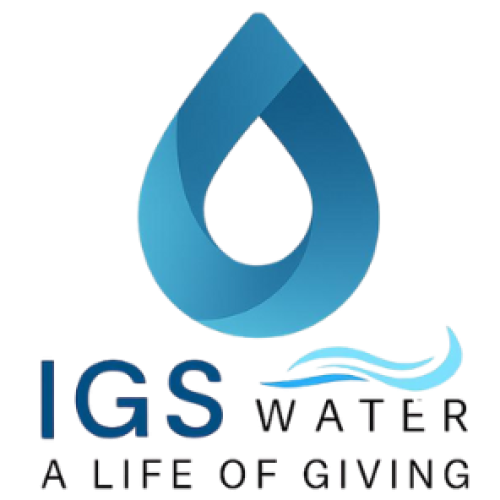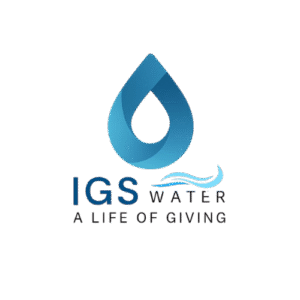Shrimp farming can be a profitable venture, but any farmer will tell you it’s far from smooth sailing. Behind the scenes, there’s a delicate balance of water quality, disease control, and environmental management that determines whether a harvest thrives or fails.
1. Water Quality Fluctuations
Shrimp are incredibly sensitive to changes in their environment. Even minor fluctuations in dissolved oxygen (DO) levels, temperature, or salinity can cause stress, slow growth, or lead to mortality. Poor water quality also makes shrimp more vulnerable to bacterial and viral diseases.
2. Disease Outbreaks
White Spot Syndrome, Early Mortality Syndrome, and bacterial infections are some of the most common threats in shrimp farming. Once disease spreads in a pond, it can wipe out an entire harvest within days—leading to devastating financial losses.
3. Algae Blooms and Toxic Build-Up
Excess nutrients in pond water can trigger uncontrolled algae growth. While some algae are beneficial, blooms of harmful species can produce toxins and reduce oxygen levels at night. Uneaten feed and shrimp waste also contribute to ammonia and hydrogen sulfide build-up, which are toxic to aquatic life.
4. Uneven Oxygen Distribution
In many shrimp farms, traditional aeration methods fail to evenly distribute oxygen throughout the pond. Bottom layers often remain oxygen-poor, creating dead zones where shrimp avoid feeding and organic matter accumulates.
5. High Operational Costs
Maintaining good water conditions can require heavy use of chemicals, high energy costs for aeration, and frequent water exchange—all of which eat into profits and may harm the environment in the long run.
How IGS Water Can Help Shrimp Farmers Thrive
At IGS Water, we understand the unique challenges shrimp farmers face. Our Nanobubble Technology offers a chemical-free, energy-efficient solution to maintain healthier ponds and boost productivity.
– Increases dissolved oxygen throughout the entire pond, including bottom layers.
– Improves water circulation and reduces harmful gas build-up.
– Suppresses algae blooms naturally by balancing the ecosystem.
– Enhances shrimp health and growth rates by creating optimal living conditions.
– Reduces chemical use and operational costs.
With IGS Water’s systems, shrimp farmers can enjoy more stable water conditions, healthier shrimp, and higher yields—without relying on harmful chemicals.

